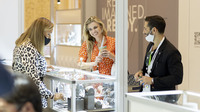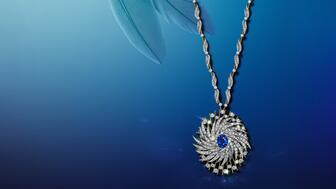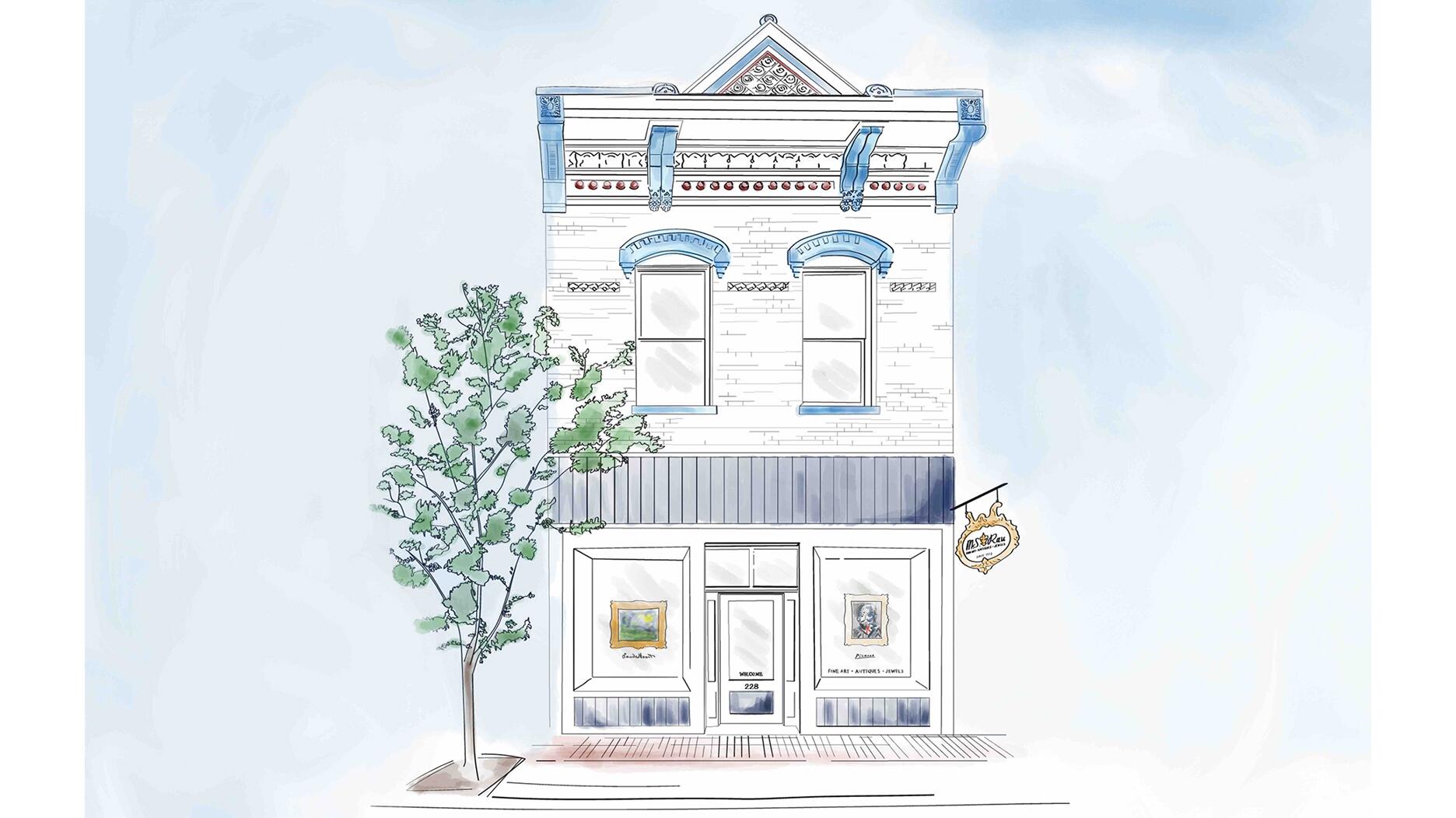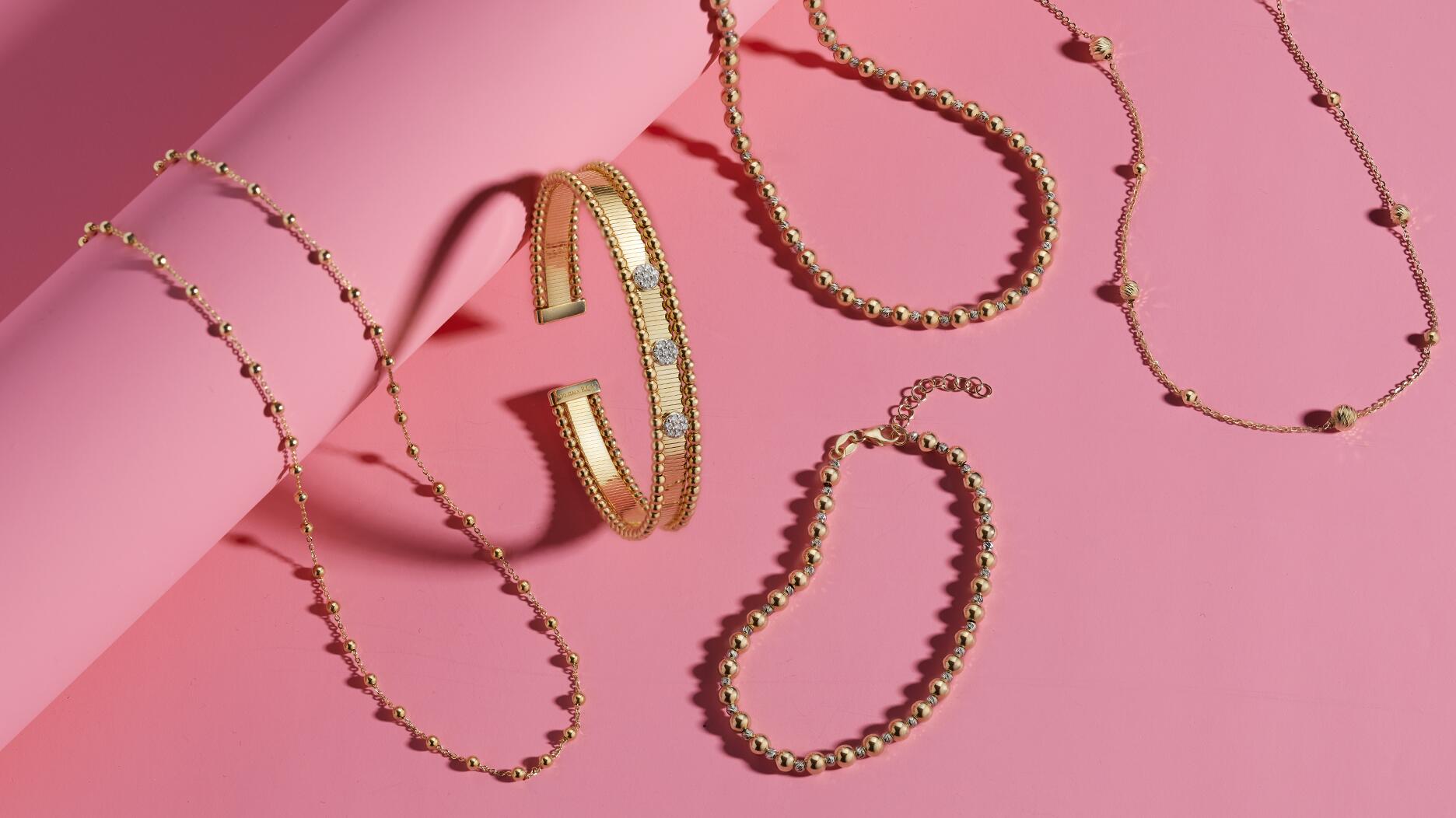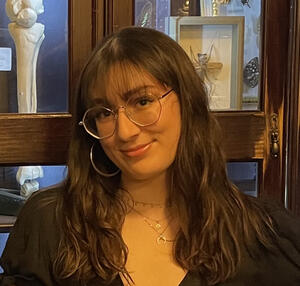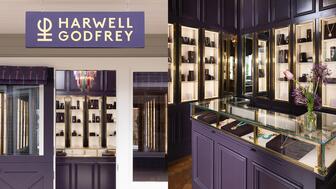Retailer Hall of Fame: What Luxury Loses by Shunning Plus-Size Shoppers
From fine jewelry to fashion, luxury retailers’ size inclusivity endeavors are lacking, costing them sales and hindering diversity efforts.
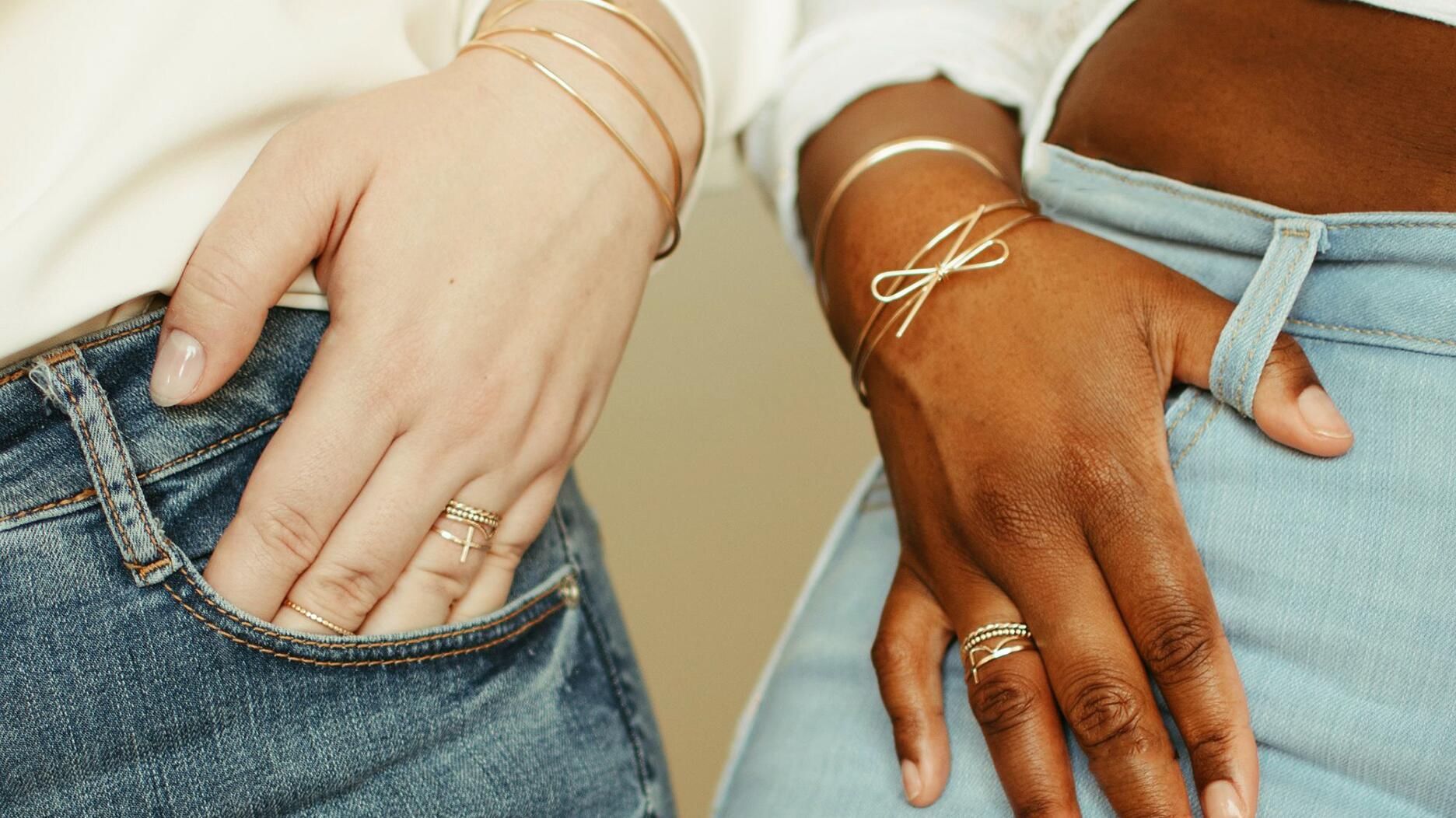
The fashion world has slowly and hesitantly opened the doors to plus-size shoppers in recent years, with select designers testing the waters as they offer a greater, albeit still limited, variety of options.
Some brands, like Christian Siriano and Rihanna’s Savage x Fenty, have embraced the size inclusivity movement and are eager to wow customers of all shapes and sizes, while other designers remain steadfast in offering a standard range of sizes.
The push for greater inclusion of plus-size consumers has not yet found its way into the fine jewelry industry, however, with sample sizes in jewelry stores remaining stagnant, excluding a customer base worth billions and hampering the industry’s diversity efforts.
More Norm Than Niche
The plus-size market has long been considered niche, with larger sizes relegated to separate sections of the store, if not excluded entirely.
The plus-size consumer, however, is more common than the clothing racks indicate, at least in the United States.
According to data from Coresight Research, the average American woman wears a size 16 to 18. She’s about 5’3” and weighs around 171 pounds, as per the most recent data from Centers for Disease Control and Prevention.
She also has money to spend.
Sales revenue for women’s plus-size apparel in the U.S. grew 18 percent between 2019 and 2021, which is more than three times faster than consumer spending on the rest of the women’s market, according to data from The NPD Group.
The global plus-size clothing market was given an estimated value of $288 billion in 2023, as per Future Market Insights, and is projected to reach $501 billion by 2033.
A significant consumer base ready to spend should have retailers clamoring to serve them, but that hasn’t been the case, with clothing retailers and jewelers alike sticking to a set of standard sizes.
Lauren Downing Peters, assistant professor of fashion studies and director of the Fashion Study Collection at Columbia College Chicago, has some answers as to why that might be after delving into the history of plus-size fashion for her new book, “Fashion Before Plus Size: Bodies, Bias, and the Birth of an Industry.”
“The reason that [the fashion industry doesn’t] want to [be more size-inclusive] is because it will take a lot of research and development to completely rethink how the fashion system is organized, which is not an easy thing to do,” says Peters.
The exclusion of plus-size shoppers dates back to around 1915 when the U.S. fashion industry was first organized.
“The history of plus sizes aligns perfectly with the history of mass manufacturing, but also the widespread adoption of standardized sizing and women’s clothing manufacturing in the early 20th century,” she says.
“And so, the market for plus sizes [came about because] standardized sizing didn’t really include all American women. Even back in 1915, it was estimated that upward of 30 percent of American women were ‘stout’ or plus size, as we would call them today.”
The framework, it seems, was off from the beginning.
“Unfortunately, the way the industry was organized in the early 20th century between petite, standard, and plus sizes has remained as the organizing principle of contemporary fashion, too,” says Peters. “In many ways, the fashion industry hasn’t really evolved all that much since [then].”
To understand why things have remained stagnant in spite of a growing market, Peters’ research takes a look into the weight bias plaguing the fashion world.
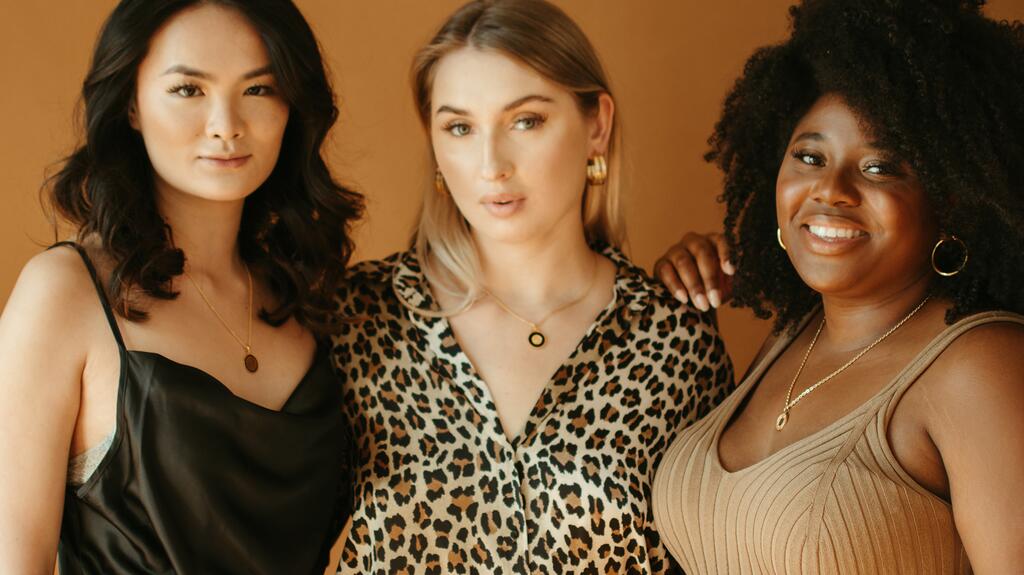
Nothing New
When looking back at old trade journals for her research, Peters noted the derogatory language used to describe larger women.
Fat women, and men as well, were frequently referred to as “grotesque” or “freaks” in these publications.
“[Clothing manufacturers] very much framed them as an aberration,” Peters says of plus-size women. “And they begrudgingly decided to begin to cater to this market. And all these discourses around the larger women were very much informed by shifting negative attitudes about [being] overweight in American society.”
Peters attributes this attitude in part to the Protestant values that have taken hold in the U.S. since its founding, which regard bodily control and restraint as a virtue.
“[Clothing manufacturers] thought the plus-sized woman was both dumber and more impulsive than her standard-sized counterpart,” she says. “They truly thought she was less than human and catered to her as such.”
While readers of modern publications won’t find the same harsh language, Peters notes how “eye-opening” it was to see how much weight bias informed the fashion decisions being made, choices that set the framework for U.S. sizing.
“It would take a really shattering cultural reorganization for [the fashion industry] to really embrace plus-size people as equals.” — Lauren Downing Peters, Columbia College Chicago
Weight bias has a sinister history, with ties to both racism and gender prejudices.
These prejudices are discussed in depth in the book, “Fearing The Black Body: The Racial Origins Of Fat Phobia,” by Sabrina Strings, a professor and the North Hall Chair of Black Studies at the University of California, Santa Barbara.
Strings explores the ties between racism and fatphobia, and why she feels anti-fat attitudes have less to do with health and more to do with upholding race, class, and gender prejudices.
There were two historical developments that contributed to an affinity for thinness and a fear of fatness, writes Strings—the transatlantic slave trade and the spread of Protestantism.
“Racial scientific rhetoric about slavery linked fatness to ‘greedy’ Africans. And religious discourse suggested that overeating was ungodly,” she states in her book.
“As early as the 18th century, fatness was derided as evidence of African ‘savagery’ and immorality. Slenderness, by contrast, was considered evidence of Christian elevation and Anglo-Saxon superiority.”
Strings also writes about the specific fear of larger-bodied Black women, delving into “the religious ideologies that have been used to both degrade Black women and discipline white women.”
The upholding of thinness as the ideal and the negativity toward people who are plus-size continue to play out today, particularly in the luxury space.
Aspirational and Exclusionary
While many brands have opened the doors for plus-size shoppers in recent years, particularly amid the rise of online shopping, luxury brands remain considerably less welcoming.
“Even as we’ve seen some really significant strides in ready-to-wear, and especially in fast fashion or global fast fashion, luxury retailers are the notable holdouts whenever it comes to expanding their lines,” says plus-size fashion historian Peters.
In terms of jewelry, many of the plus-size offerings available are relegated to costume jewelry from retailers like Torrid and Lane Bryant.
“Whenever you have [influential leaders], like the deceased Karl Lagerfeld, saying he would never design for plus-size women, that nobody wants to see them on the runway, it’s really easy for these other luxury brands to fall in line,” says Peters, referring to a controversial interview Lagerfeld gave to German magazine Focus in 2009, as well as other comments throughout his career.
Notably, the late Lagerfeld recently was celebrated by the industry at large, with his work serving as the theme of the 2023 Met Gala.
Many in the plus-size fashion community took the choice as an indication the fashion industry had only a passing interest in being more inclusive.
“It would take a really shattering cultural reorganization for [the fashion industry] to really embrace plus-size people as equals. I think the closest we came, sadly, was actually the body positivity moment we’re now exiting,” says Peters.
The body positivity movement is a social movement focused on the acceptance and celebration of all bodies that took hold in the 2010s. Peters notes that pushes for greater size inclusivity tend to follow eras of bodily extremes.
Similar movements have popped up throughout history, including the 1960s fat liberation movement and the Health at Every Size movement, which addresses weight bias in the healthcare sector.
The first rumblings of size inclusivity in fashion began in the 1980s, says Peters, on the tail end of the second wave of feminism. However, the rise of ultra-thin models followed in the 1990s and carried into the 2000s.
The body positivity movement of the 2010s also is on its way out, posits Peters.
“We’re now entering the era of Y2K fashion. Ozempic (the drug for diabetes patients that aids in weight loss) is extremely mainstream. So, I think any kind of illusion of body positivity and inclusivity, a lot of brands are going to be abandoning that as we move forward, unfortunately.”
Though plus-size models like Ashley Graham and Paloma Elsesser could be found gracing numerous runways in recent years, there were notably fewer this year.
Vogue Business analyzed 9,137 looks across 219 runway shows in New York, London, Milan, and Paris during the autumn/winter 2023 fashion weeks.
Its research found only 17 brands included at least one plus-size model (U.S. size 14 and up), accounting for 0.6 percent of models, while models sizes 0 to 4 wore 95.6 percent of looks and 3.8 percent were worn by midsize models (sizes 6 to 12).
Notably, it was emerging designers, not the big names, who were showcasing plus-size models.
Unnecessarily Rare
Gwen Beloti, an emerging jewelry designer, is working to break down the size barrier in fine jewelry.
For the New York-based designer, the decision to build a size-inclusive jewelry brand was a personal one.
Before transitioning to jewelry, Beloti was an apparel designer who had experience struggling to find the perfect fit.
“I have always had issues with fit, with my weight being up and down for most of my life. I was a heavier woman up until early adulthood and, even now, my weight still fluctuates. So, I used to have a really hard time finding clothes that fit,” she says.
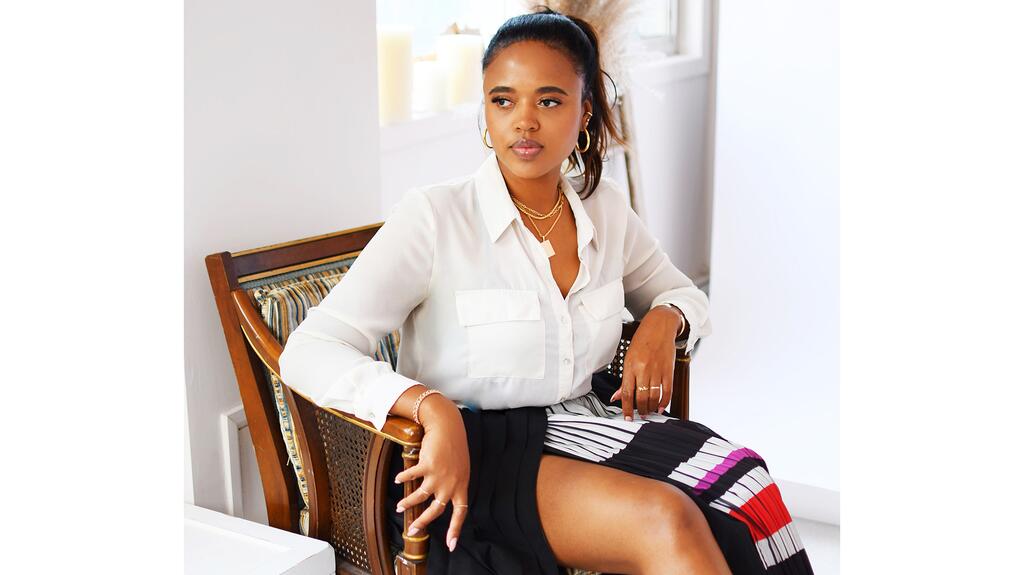
She recalls going shopping with friends when she was younger and having limited options.
“That was really tough for me not having access to things in the way that other people did,” she says.
“When I launched my jewelry company, it was important to me that I consider my own personal experience and my background. I know what it felt like to be left out, to not feel like I had options.”
Knowing what she went through, it wouldn’t have felt right not to offer extended sizes, she says.
Once at a pop-up event, a plus-size woman was browsing the jewelry at her booth. Beloti asked if she was looking for anything in particular.
“Rings, but I know you don’t have my size,” she answered matter-of-factly.
Beloti, in fact, did have her size as she carries rings up to a size 11.
“That moment said so many things. One being that this continues to be a pain point for many women. And second, it made me want to do more by way of communicating that we are an inclusive brand that celebrates all women who simply want to buy beautiful jewelry that fits just as much as it shines, with ease,” she says.
Customers with larger fingers, necks, wrists, and ankles can have a harder time finding ready-to-wear jewelry, an issue she aims to correct.
“And not every woman who needs a large ring is a heavier woman. You could just have large fingers,” notes Beloti.
For jewelers, and customers alike, there’s also the issue of cost.
Cost Versus Values
The raw materials needed to craft fine jewelry, from precious metals to gemstones, are pricey.
A size 11 gold ring is likely more expensive to make than a size 4 gold ring. Add gemstones to that and the cost goes up even more.
Still, there are ways to offer extended sizes without losing out on profit.
“On the back end, that’s something you have to factor in when it comes to your prices, if [size inclusivity] is something you value. I think it really is a matter of being fair,” says Beloti.
Consider pricing in the middle range for all sizes so both ends are covered, she suggests.
“I think it can be done,” she says. “People always find excuses. If your market is women who are super tiny and that’s your clientele, fine. But if you’re trying to be a brand that serves [more] people, then you can find a way to work out the pricing.”
How the pricing works will depend on the type of jewelry being offered. An eternity band in a size 13 is going to need more diamonds than a size 6 ring and that will be reflected in the price, she admits.
But, “there’s a way to do it that doesn’t come off as though you don’t care about this audience,” she says, suggesting jewelers price by length, like with tennis bracelets, or simply explain to the customer why there’s an added cost for more stones.
“At least have your bestsellers in different sizes because [otherwise] it’s a lost opportunity for sales.” — Severine Ferrari, Engagement 101
Stock Up On Sizes
According to the Gemological Institute of America, the average ring finger size for women in the U.S. is a 6, but that’s based on the average U.S. woman being 5’4” and weighing 140 pounds, which is inaccurate, as per the data cited earlier.
Still, at many jewelry counters, customers will find the sample size available for women’s rings trends smaller, leaving those who wear a larger size to just imagine what that ring would look like on their finger.
Severine Ferrari, founder of Engagement 101, a platform that encourages couples to share their proposal stories, knows the problem this sizing issue poses for both customers and sales.
Though many of the newly engaged couples she works with opt for custom-designed rings, those who look for ready-made rings in a larger size find very few options available, she says.
“When you go on a website traditionally, like a bridal website that has e-commerce, if they’re offering you sizes, usually it stops at 8 or 9 for engagement rings, or even in fashion. Sometimes it’s not even clear that you can request a custom one,” she says.
“If it’s e-commerce and ready to ship, it’s going to be a [size] 5 or 6. It’s really not going to be a bigger size.”
Shoppers hoping for a better selection in store may be just as disappointed.
“The problem is when women want to try on rings and they can’t try a test ring in their size,” says Ferrari. “I’ve been shocked [by this], particularly in the bridal side of the business.”
Ferrari receives replica rings for her photo shoots, as do many stores so they can show different versions of the same ring.
She suggests jewelers stock replicas of their best-selling styles in a variety of sizes.
“At least have your bestsellers in different sizes because [otherwise] it’s a lost opportunity for sales,” she says. “I know for a fact that when you try something that fits you, whatever your size, you’re going to buy it versus something that doesn’t fit you.”
Alex Stuller, senior director of bridal at jewelry manufacturer Stuller, echoes Ferrari’s advice on stocking replicas in a wider range of sizes.
Stuller offers bridal selling systems that let customers try on rings and mix-and-match styles to get an idea of their dream ring.
“Most of our prototypes come in a standard size 7,” she said via email, though some selling systems offer additional sizes.
Its eternity band kit, for example, features sizes 5 to 8 while its classic band kit is available in sizes 7 and 11.
“Outside of this, I suggest jewelers could order a run-up of sizes in a style of their choosing in sterling silver and cubic zirconia to accomplish a more inclusive sizing story within their store,” she said.
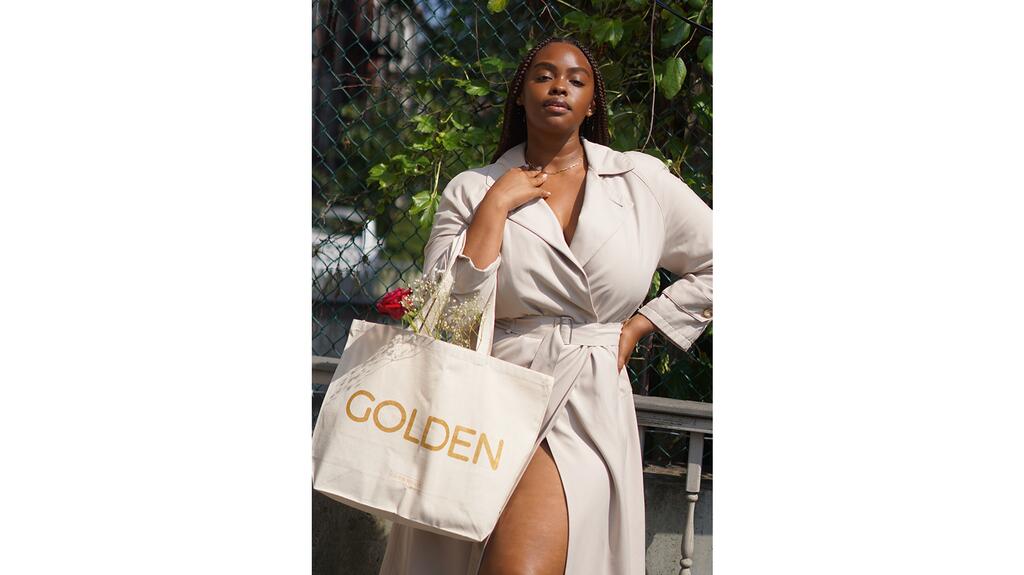
The Importance of Being Authentic
Stocking plus-size options is an important step, but shoppers are also looking for authenticity, and they usually can tell when a retailer’s heart isn’t in it.
Designer Beloti noticed something interesting when she was browsing through her social media.
There were certain companies that claimed to be “inclusive” in their posts, but when she scrolled down to the comment section, she saw customers complaining about the limited size range or the poor fit on larger bodies.
“Authenticity is really important. I think people can feel it,” says Beloti. “I try to work with friends who are not necessarily models, but I think they’re beautiful. I think people resonate with that, too.”
“Society still views average women or smaller women as our vision of beauty. So, [brands] don’t want to be the one to put a chunky face on their homepage,” she says.
Beloti’s Instagram feed, in contrast, showcases diverse models decked out in her designs.
Beloti’s first fine jewelry collection is launching this fall, though her demi-fine jewels already are sold at Saks Fifth Avenue.
The idea that plus-size women don’t epitomize luxury doesn’t resonate with Beloti.
“My brand is a luxury brand, and just because the person is larger that doesn’t mean you have to sacrifice luxury. We’re going to do a fabulous photo shoot, we’re going to wear silk, we’re going to look beautiful. It doesn’t matter if you’re a size 4 or a size 20,” she says.
The Latest
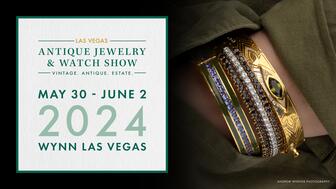

Sponsored by the Las Vegas Antique Jewelry and Watch Show
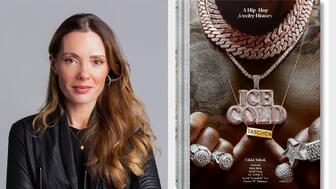
Tobak, author of “Ice Cold: A Hip-Hop Jewelry History,” shares how the exhibition came to be, and the pieces people may be surprised to see.
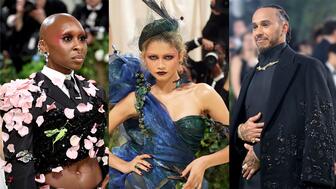
Stars adorned themselves in emeralds, platinum, and myriad bird motifs, writes Associate Editor Natalie Francisco.
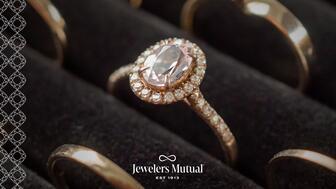
Tradeshow risks are real. Get tips to protect yourself before, during and after and gain safety and security awareness for your business.
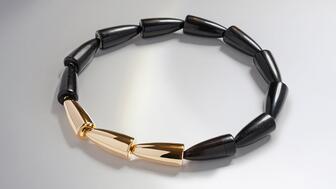
The branded jewelry market is thriving, said Richemont Chairman Johann Rupert.

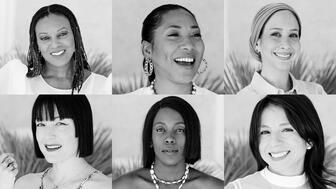
The six designers, all participants in the show’s Diversity Action Council mentorship program, will exhibit in Salon 634.
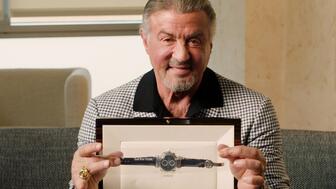
The highlight of his collection is the coveted Patek Philippe Grandmaster Chime, which could sell for up to $5 million.

Meet Ben Claus—grand prize winner of For the Love of Jewelers 2023 Fall Design Challenge.

The “Venetian Link” series modernizes the classic Veneziana box chain in its bracelets and necklaces.
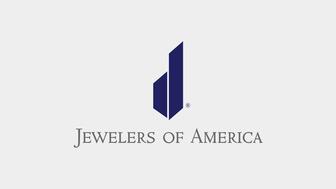
The Seymour & Evelyn Holtzman Bench Scholarship will provide tuition assistance to two low-income students.
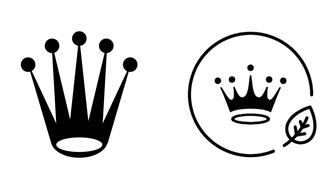
The Swiss watchmaker said the company’s plans to use a new version of the Hallmark crown on jewelry would confuse consumers.

The executive talked about the importance of self-purchasers and how fuel cell electric vehicles are going to fuel demand for platinum.

The Indian jeweler’s new store in Naperville, Illinois marks its 350th location, part of its ongoing global expansion plans.
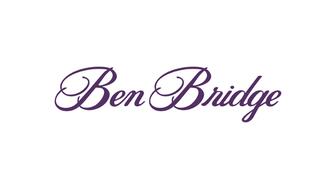
It will award a graduating high school student with about $10,000 toward a GIA diploma and an internship with the Seattle-based jeweler.

Wheat Ridge, Colorado police took a 50-year-old man into custody Wednesday following a two-month search.
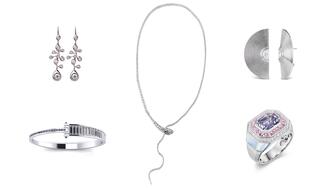
PGI partnered with four new and seven returning designers for its annual platinum capsule collection.
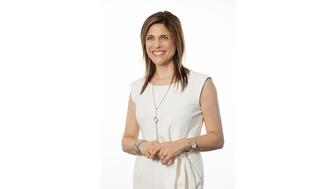
Nicolosi, president and CEO of The Kingswood Company, previously sat on WJA’s board from 2011 to 2018.
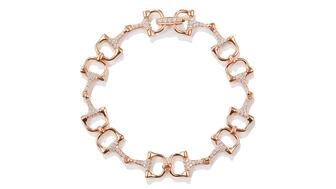
Karina Brez’s race-ready piece is a sophisticated nod to the horse-rider relationship.

The men are allegedly responsible for stealing millions in jewelry and other valuables in 43 burglaries in 25 towns across Massachusetts.
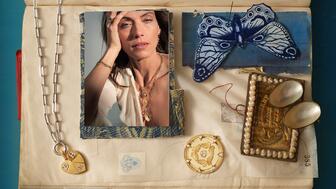
“Horizon” invites individuals to explore the limitless possibilities that lie ahead, said the brand.
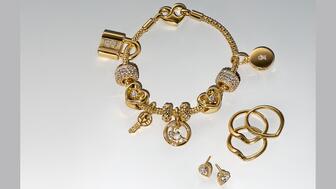
The jeweler credits its recent “Be Love” campaign and ongoing brand revamp for its 17 percent jump in sales.
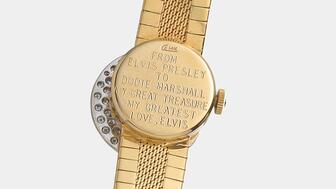

Elvis Presley gifted this circa 1967 gold and diamond watch to Dodie Marshall, his co-star in “Easy Come, Easy Go.”

Concerns about rising prices, politics, and global conflicts continue to dampen consumer outlook.
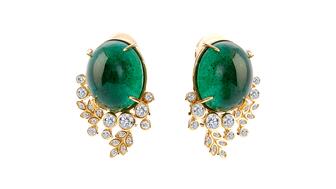
May’s birthstone is beloved for its rich green hue and its versatility.
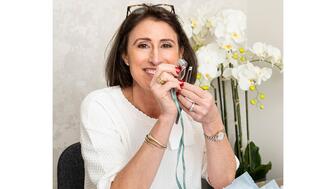
Jacqui Larsson joins Opsydia with nearly two decades of experience in the industry.

Last month in Dallas, David Walton pushed another jeweler, David Ettinger, who later died.

